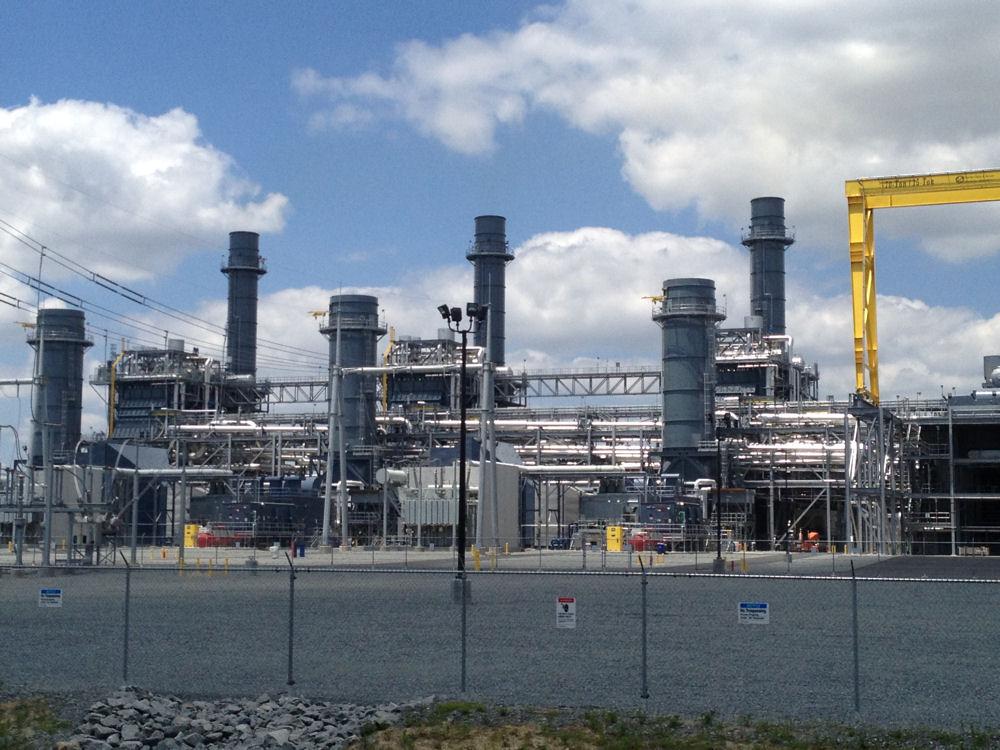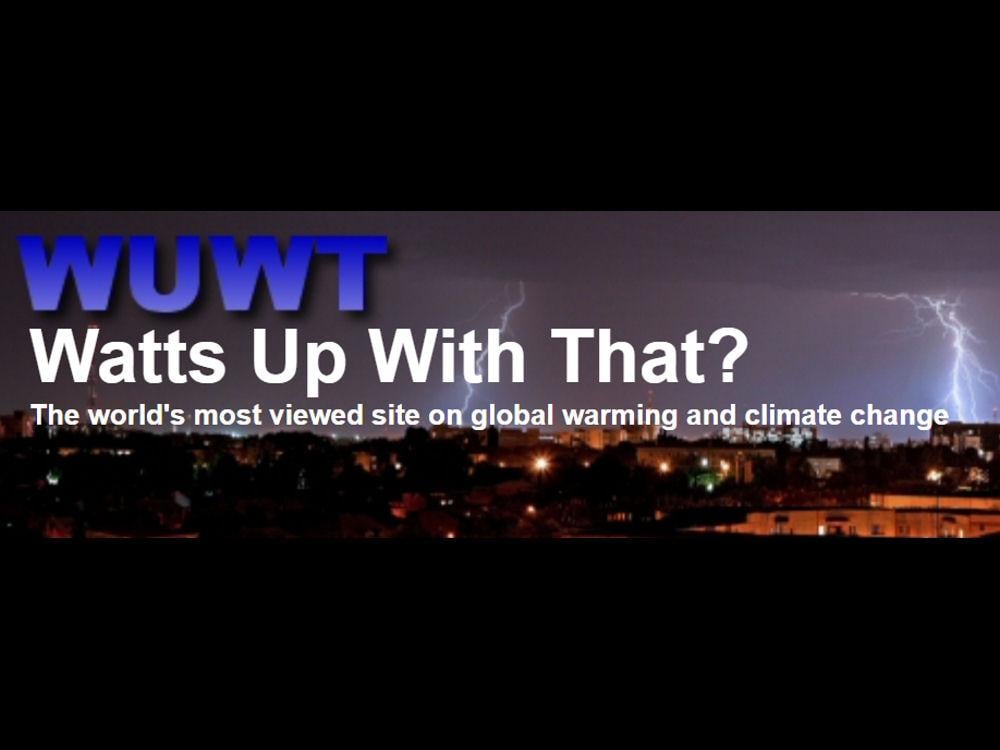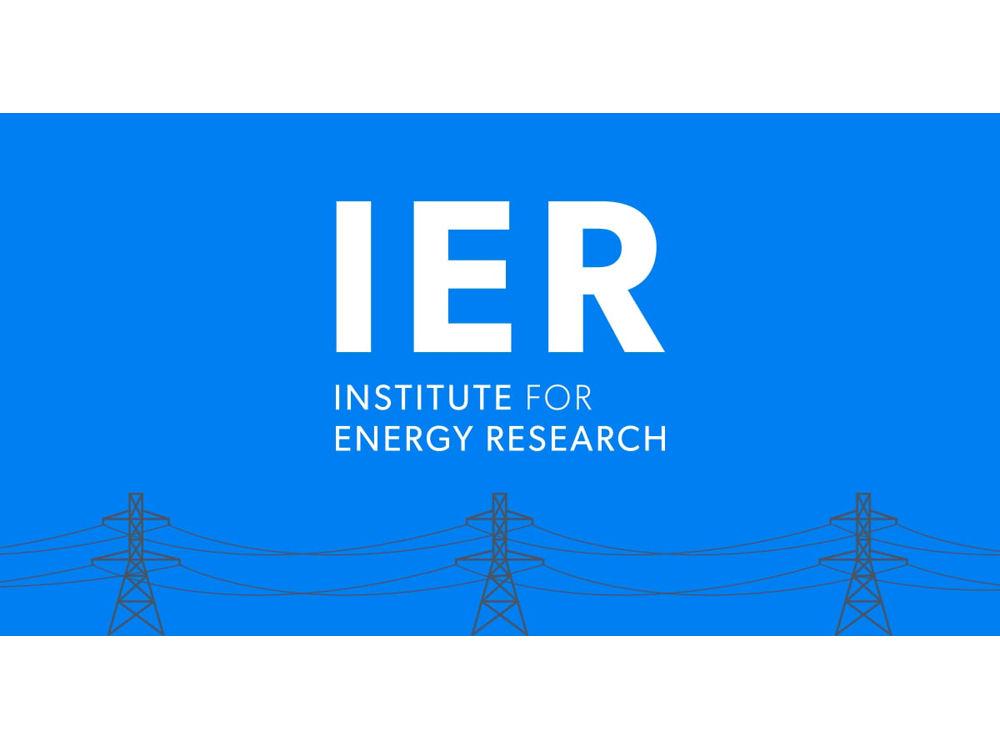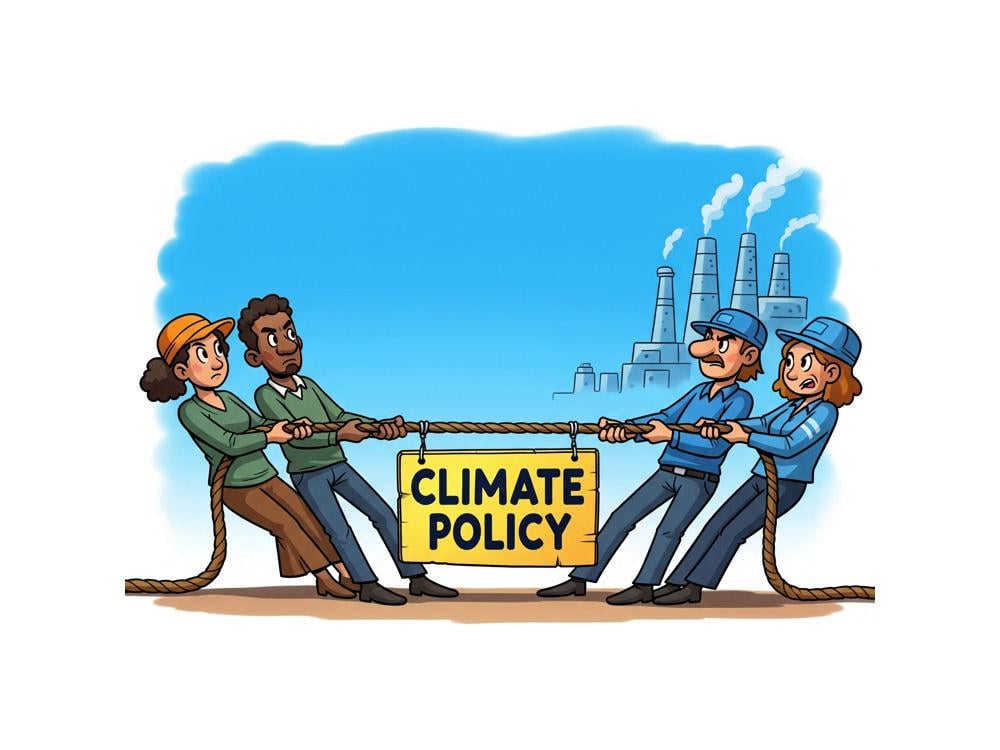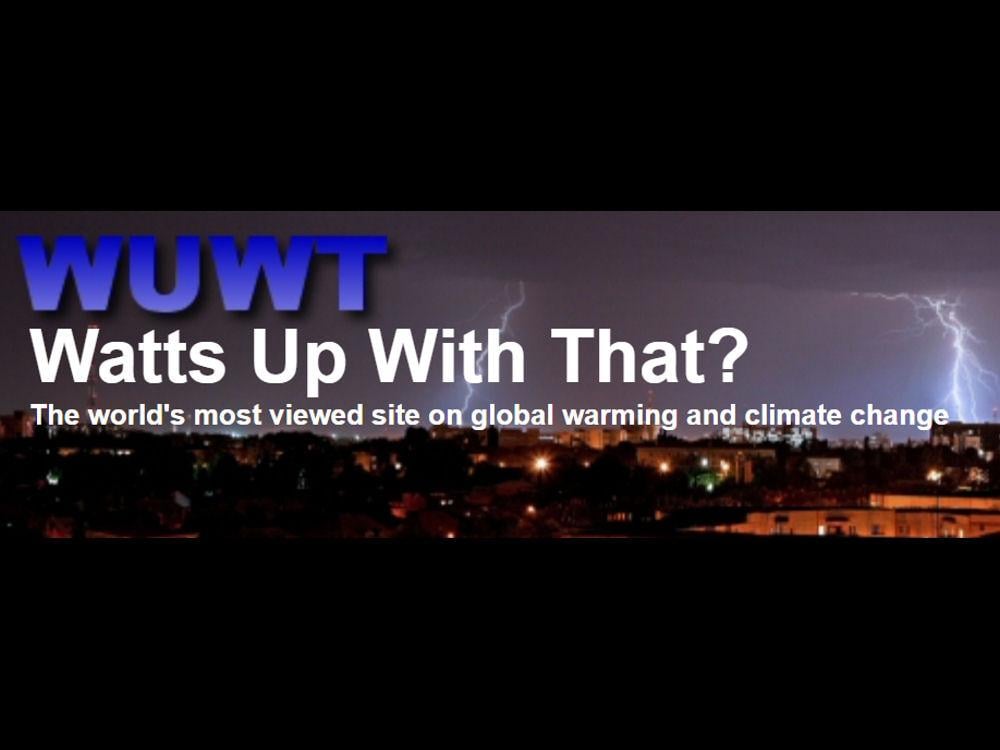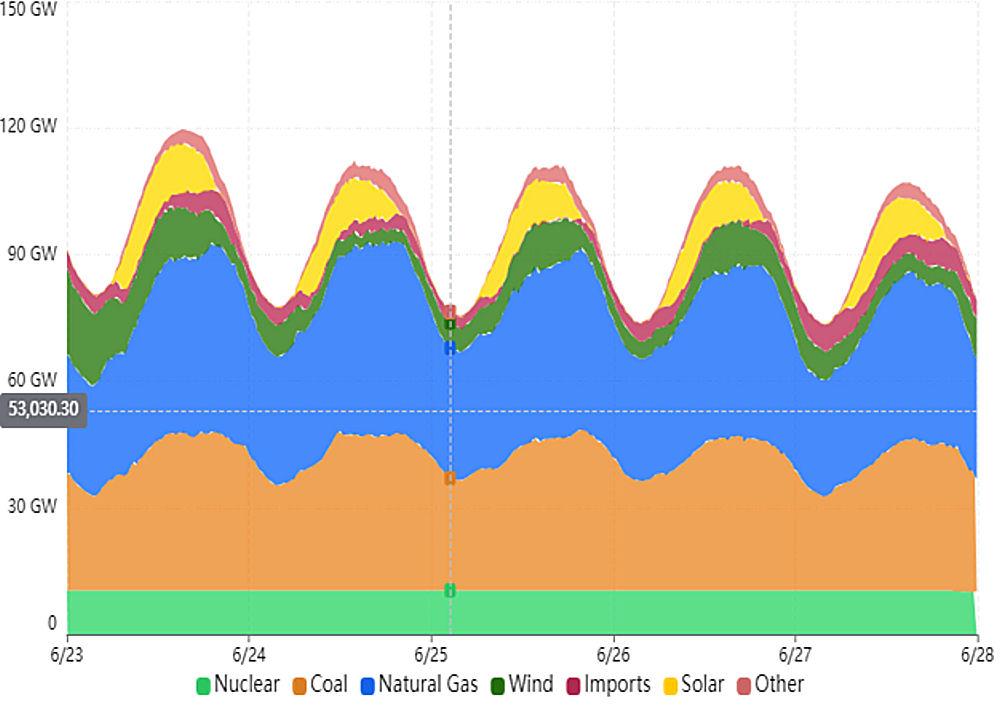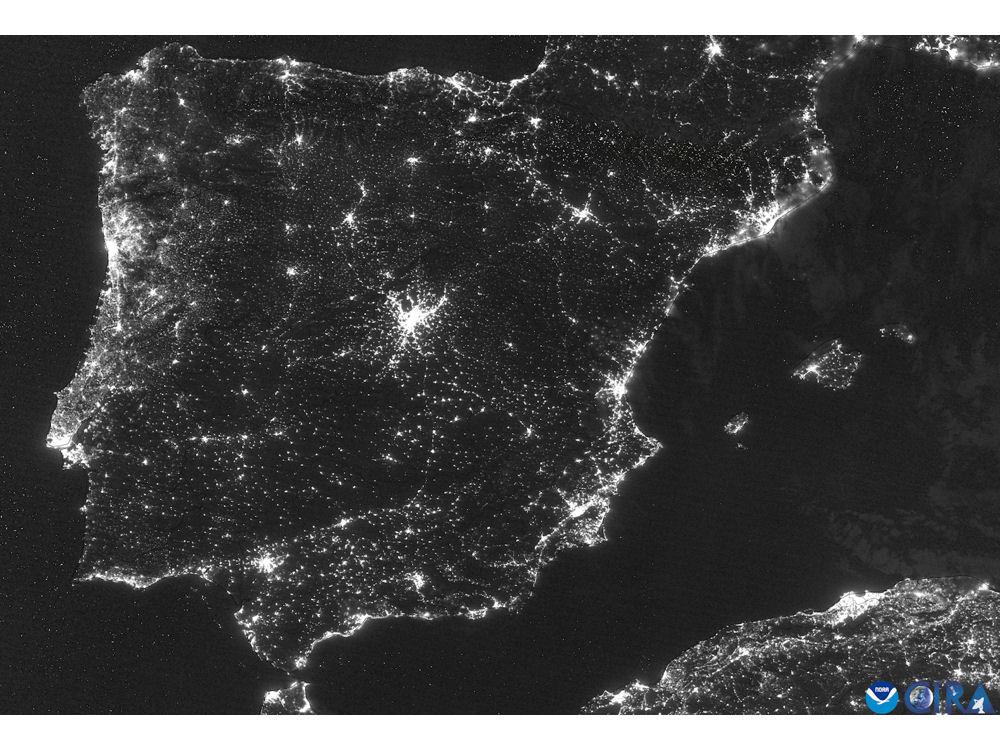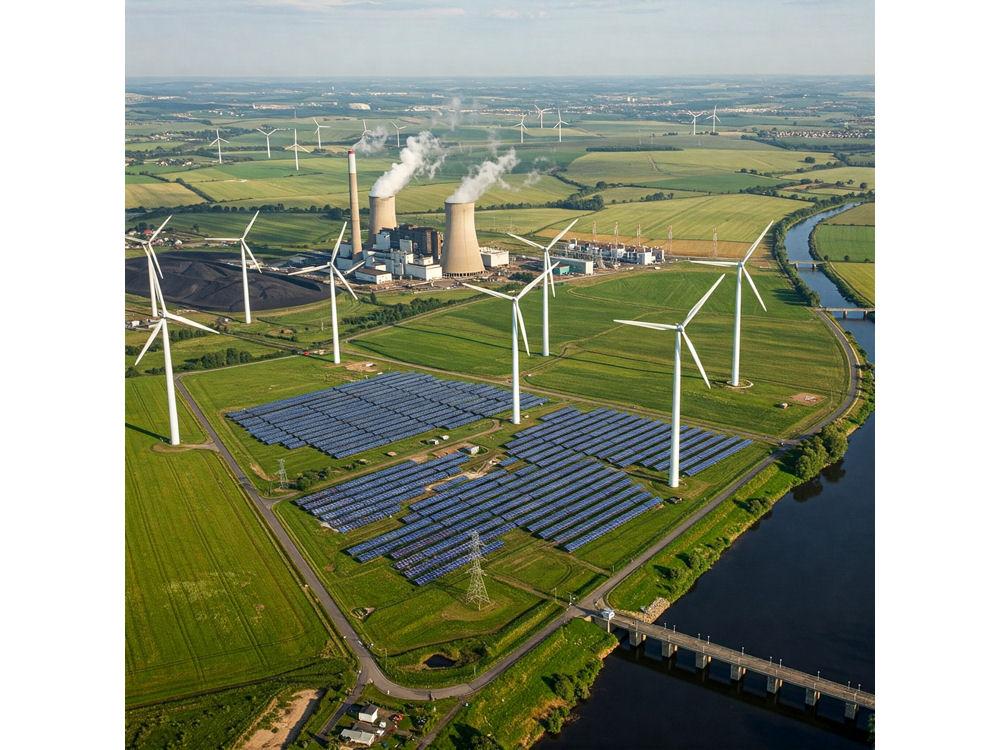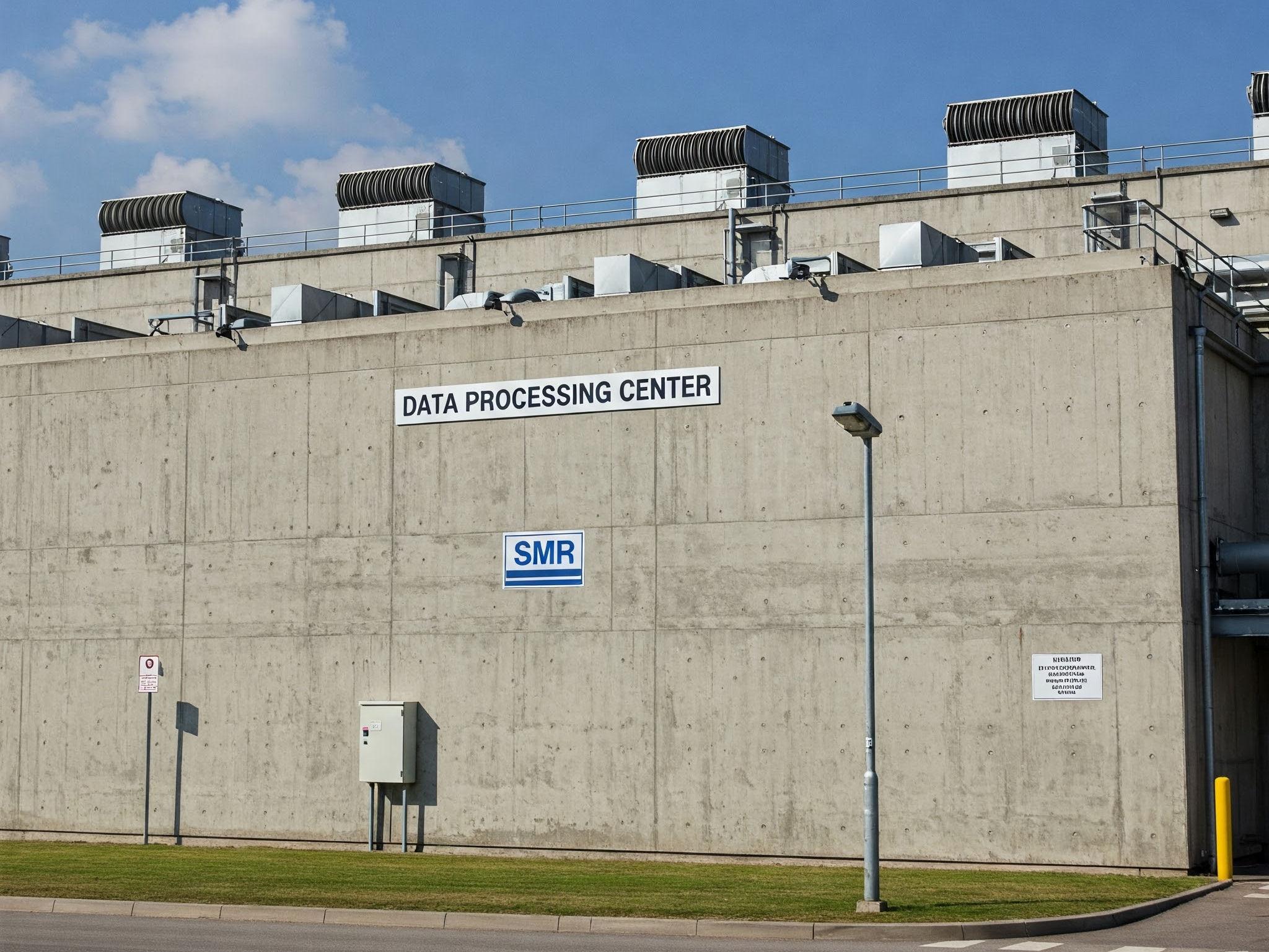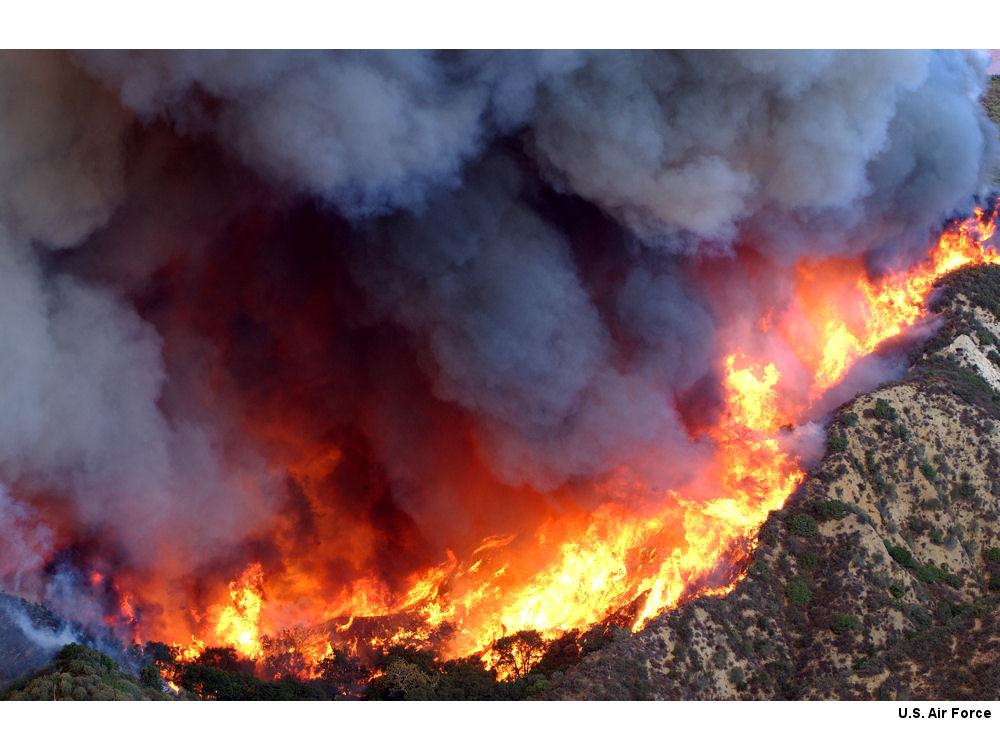US EV Future - ORIGINAL CONTENT
The electric vehicle “market” in the US is a creature of the EPA 2009 Endangerment Finding, “unachievable” Corporate Average Fuel Economy standards, extremely restrictive NOx emission standards, the California Zero Emission Vehicle mandate, federal subsidies for EV purchase, federal funding for EV fueling infrastructure, federal loan guarantees for the manufacture of EVs and EV batteries, federal incentives for the purchase of EV school buses, transit buses, fire emergency vehicles and medium and heavy duty trucks, etc. Essentially these programs were designed to end the market for internal combustion engine (ICE) vehicles.
Edward A. Reid Jr.
Posted: Aug 04, 2025










